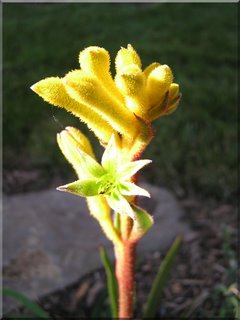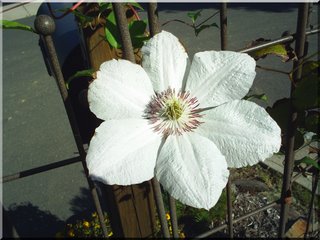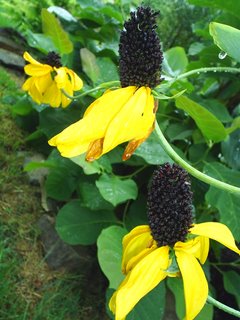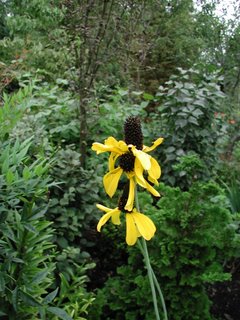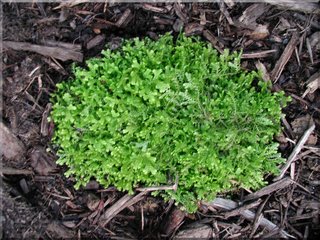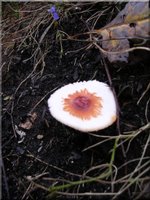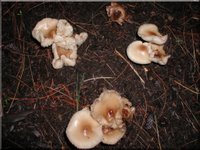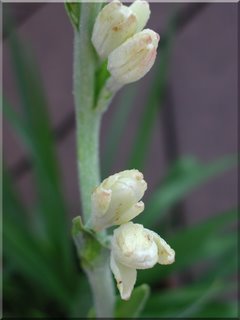Our local paper carried an article about a plant that is apparently sweeping the country. It's called Diamond Frost and related to the Chistmas poinsettia, only with many tiny white flowers. Diamond Frost is about 18" high and is drought tolerant, never stops blooming and resembles a cloud of white flowers. Being in the poinsettia family its probably not hardy but can be kept indoors and put out in Spring when the weather warms up.
The following groups have named it either best, excellent, top performer etc. Massachusetts Horticultural Society, Dallas Arboretum, Penn State U., North Carolina U., U. of Florida, OSU, Colorado St. U., Norfolk Botanical Garden, KSU, Oklahoma St. U., Auburn and Mississippi St. U., U of Georgia.
The article doesn't give the botanical name so I looked it up. It's a euphorbia (spurge) and hardy to 30 degrees fahrenheit (-1 degree C).
Not a particular beautiful plant in my opinion but if you want flowers for most of the growing season it may be a worthwhile plant. I haven't seen it in our local nurseries but it looks rather innocuous so I may have missed it. Has anyone grown this plant?
Here are three websites that gives more detailed info about the plant and some photos too.
Proven Winners website.Cornell U. website.P. Allen Smith's website.


